Join our Newsletter receive 🎁
How to create an effective portfolio for a fashion job? A guide for future professionals
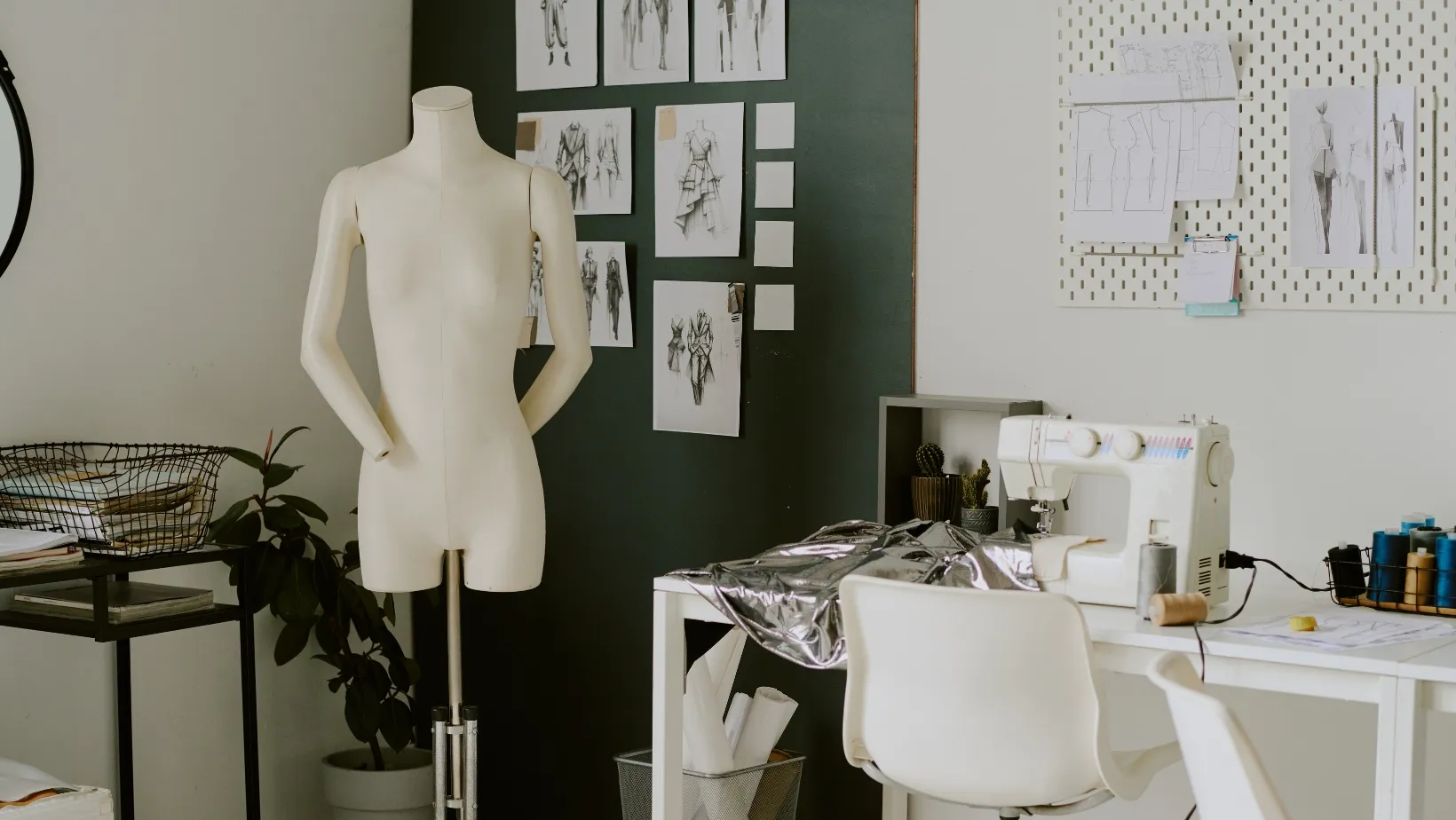
The fashion industry is a world where not only talent counts, but also the ability to present it. A portfolio is your business card - a document that showcases your skills, aesthetics and professionalism. Whether you are a designer, stylist, photographer, graphic designer or fashion buyer, a good portfolio can open the door to your career. How do you create a portfolio that stands out from the competition? Here's a comprehensive guide.
Contents of the article
1. What elements should a good portfolio contain?
A portfolio should be well thought out, coherent and tailored to the career path you want to follow. Although different specialisations require a slightly different approach, there are a few basic elements that any professional portfolio should contain:
✅ Title page and brief description of self
Brief bio - who are you, what is your speciality and what makes you different?
Your contact details and links to social media or your website.
✅ Best work - quality over quantity
Designers: sketches, moodboards, photos of finished garments, technical drawings.
Stylists: photo shoots, inspiration, concept descriptions.
Photographers: photo shoots, editorials, variety of styles.
Graphic designers: visual identity design for fashion brands, lookbooks.
Buyers and merchandisers: trend analysis, moodboards, shopping strategies.
✅ Creative process – show how you work
Moodboards and inspirations that led to the final design.
Implementation stages – from sketch to finished product.
Case study – describe what the challenges were and how you solved them.
✅ Additional elements that can make you stand out
Publications and Awards – If your work has been published in a fashion magazine or blog, it’s worth mentioning that.
Collaborations with brands or artists – each commercial project increases the value of the portfolio.
Recommendations and References – If you have worked with someone in the industry, ask for a brief review of your work.
2. Is it better to create a printed or digital portfolio?
Both versions have their advantages and the choice depends on your specialization and where you want to apply.
📂 Printed portfolio – for whom?
- Designers, stylists, photographers – if you want to showcase your work at a recruiting event, a printed portfolio can make a bigger impression.
- If you are applying to premium or luxury brands, it is worth preparing an elegantly printed portfolio on high-quality paper.
🌐 Digital portfolio – for whom?
- Essential for graphic designers, content creators, buyers and marketers.
- The best option if you are applying for positions abroad or want to quickly send a link to a recruiter.
📌 Best Online Portfolio Platforms:
- Behance (perfect for graphic designers and photographers).
- Adobe Portfolio (well integrated with the Adobe suite).
- Carbonmade (friendly for stylists and creative specialties).
- Squarespace, Wix (for those who want to create a portfolio as a website).
- Instagram or Pinterest - if you are building your personal brand, your social media can also act as a portfolio.
3 How to tailor a portfolio to a specific career path?
Each specialisation requires a slightly different approach. Here are tips for different fashion professions:
👗 Fashion designer
- Show the full creative process: from inspiration to technical drawings to final design.
- Don't just limit yourself to sketches - add photos of the finished garments and the materials you used.
- Include a variety of collections (casual, luxury, sports) to show your versatility.
📸 Fashion stylist
- The portfolio should showcase your skills in building a visual narrative.
- Show a variety of styles - from fashion editorials to commercial styling.
- Describe what the aim of the session was and which brands you worked with.
📷 Fashion photographer
- Introduce different techniques and styles (studio shoots, outdoor shoots, portraits, advertising campaigns).
- Add information on photo retouching and editing.
🎨 Graphic designer, content creator, marketer
- Show branding, logos, campaign visuals, layouts for fashion magazines.
- Describe your strategy - why does a particular project look the way it does?
🛍️ Fashion buyer, merchandiser
- Add trend analyses, product moodboards and examples of shopping strategies.
- Show examples of well-chosen collections and their impact on sales.
4. The most common portfolio mistakes and how to avoid them
🚫 Too many works, too little selection
➡️ Quality over quantity - don't add everything you have created, but only the best projects.
🚫 No context
➡️ Add descriptions - why does the project look the way it does? What was its purpose?
🚫 Lack of diversity
➡️ Even if you have your own style, show that you can work in different aesthetics.
🚫 Files too large or layout unintuitive
➡️ If the digital portfolio is difficult to navigate, the recruiter may abandon it.
🚫 No contact information for the author
➡️ Always include your contact details and social media links at the end of your portfolio.
How do you create a portfolio that makes you stand out from the competition?
- Focus on quality rather than quantity.
- Tailor your portfolio to the specialisation you want to work in.
- Choose the right format - printed for meetings, digital for online applications.
- Avoid common mistakes - make the portfolio clear, consistent and easy to view.
Join the Fashion Editorial community!
If you're looking for more tips on building a career in fashion, keep an eye on Fashion Editorial on Instagram and TikToku, where we regularly share knowledge and inspiration!
Subscribe to Fashion Editorial and stay up to date with the world of fashion!
Get the latest news from the world of fashion - trend analysis, exclusive reports and alerts on key industry events.
🎁 Gift for subscribers!.
No spam, only valuable content! We do not share your data with third parties. By subscribing, you agree with our Privacy Policy.
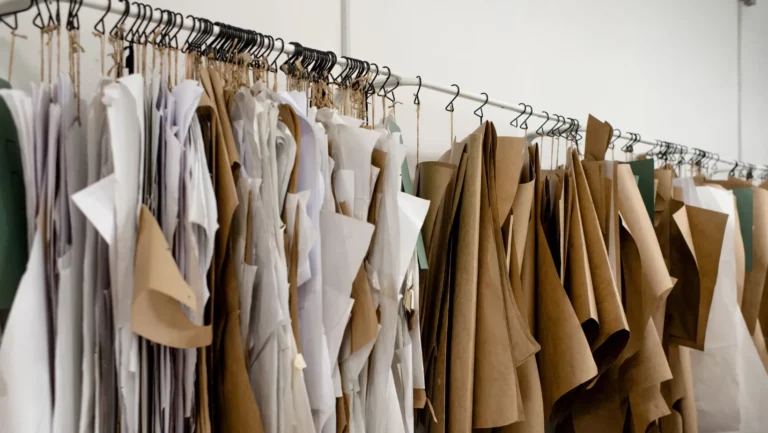
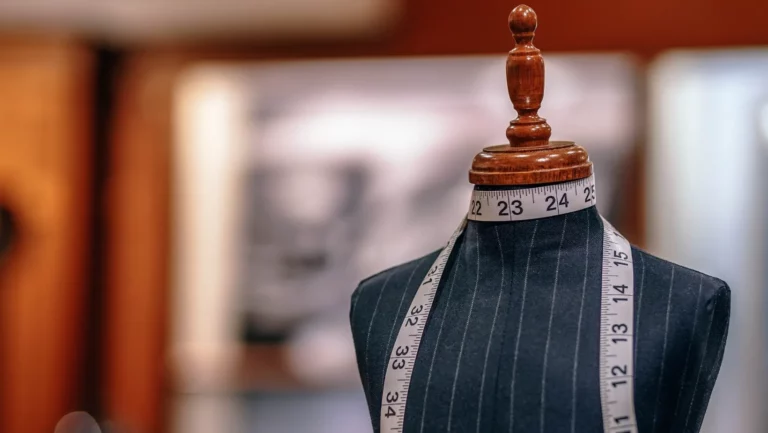
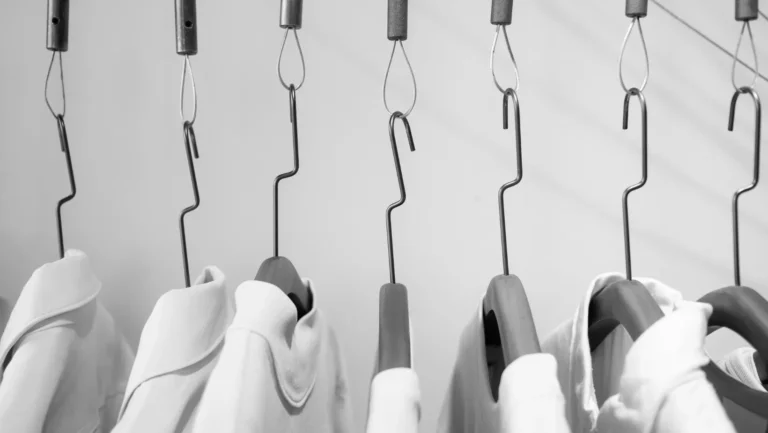
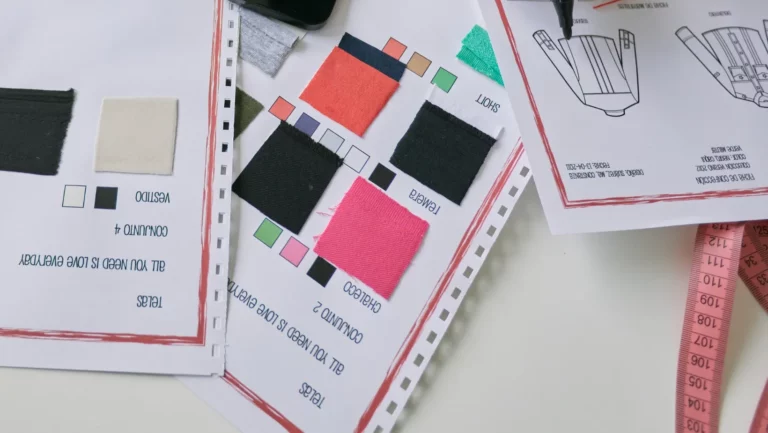
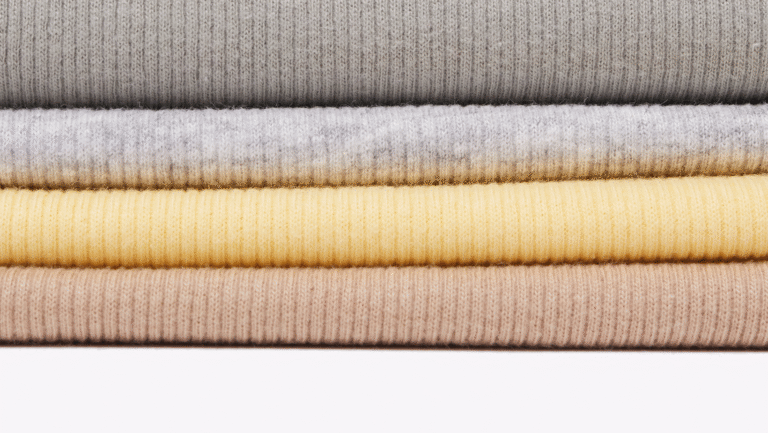
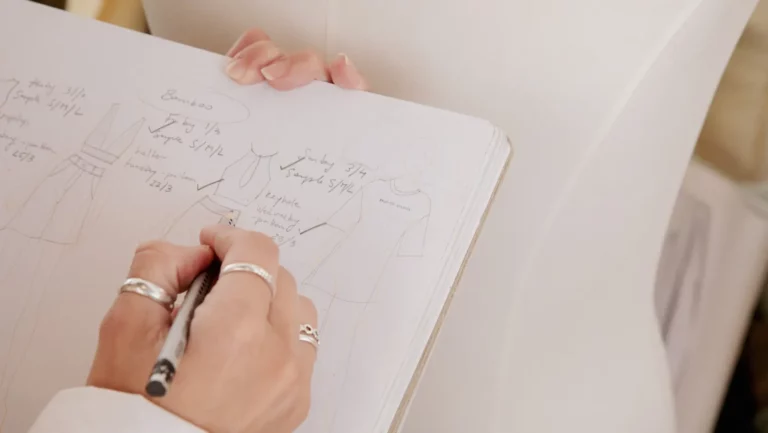
Add your first comment to this post